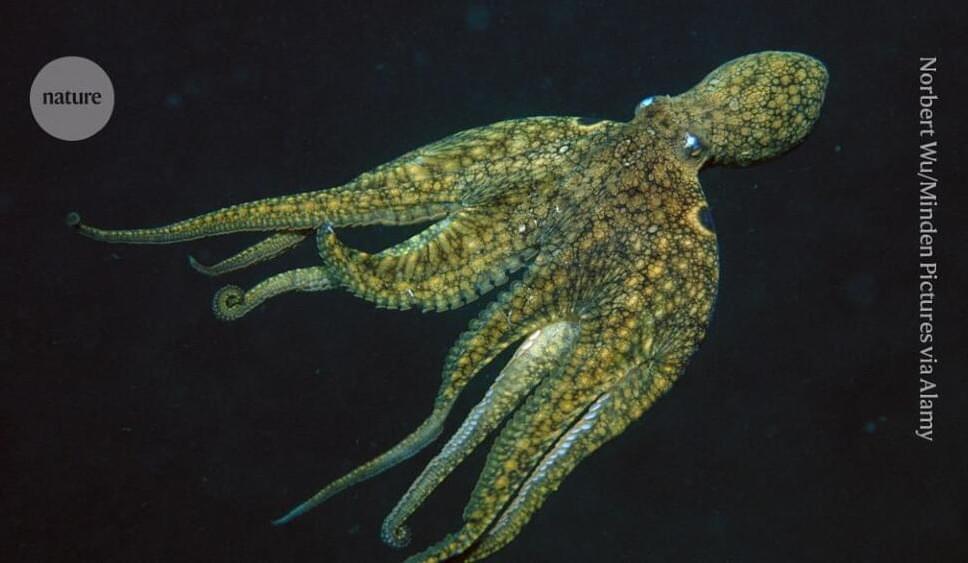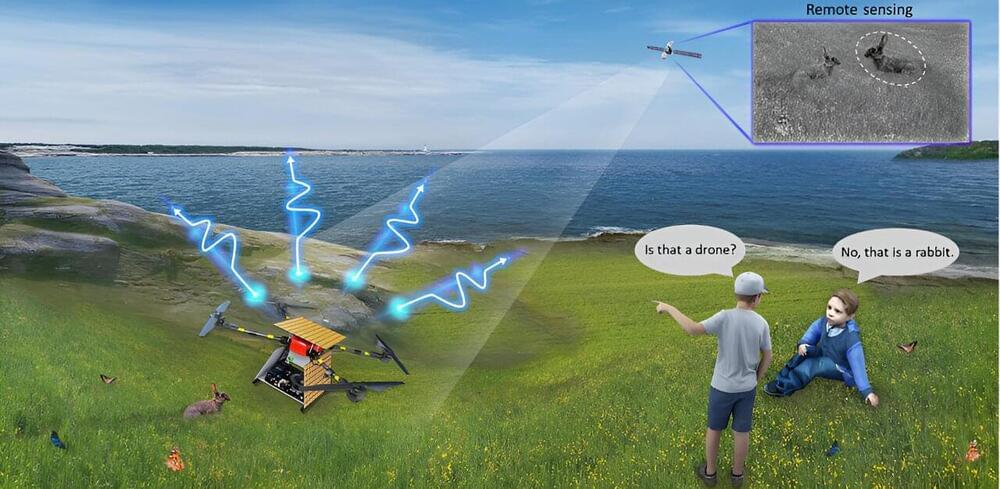British automaker Jaguar – set to become an EV-only brand next year – is officially ending production of its ICE vehicles by June and stepping into a new era of very expensive but powerful EVs. Assembly lines are stopping to transition to an entirely new EV platform from the one underpinning the long-troubled I-Pace.
Jaguar is looking for a fresh start, and that means the I-Pace is dying too, along with its current crop of gas-and diesel-powered road vehicles. At the moment, five cars are still on sale in the US – the XF sedan, E-Pace and F-Pace crossovers, F-Type roadster and coupe, and the electric I-Pace. But production is ending in June, while the I-Pace will continue to be built until likely next year.
The I-Pace, for its part, has had what seems like endless problems in the past, with the company recalling it last year due to battery fire risk. Not to mention a limited range of around 286 miles for a vehicle with a hefty price tag starting at $73,775 in the US.









